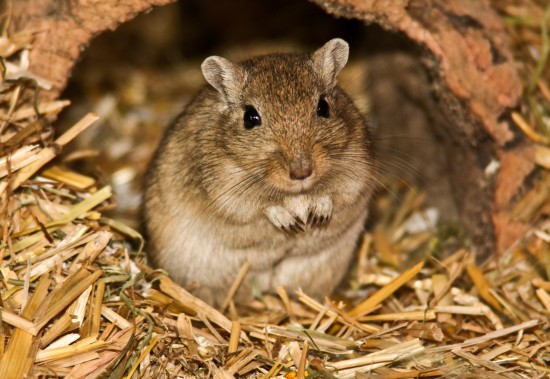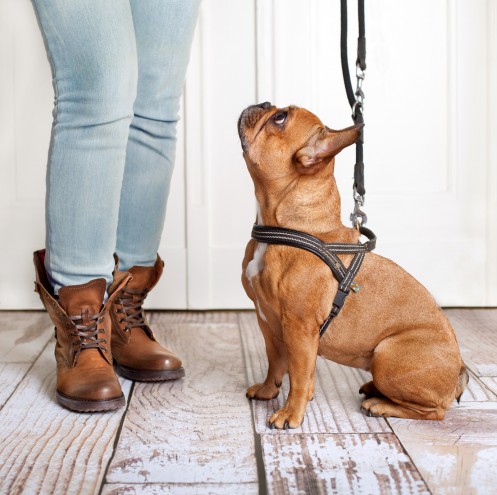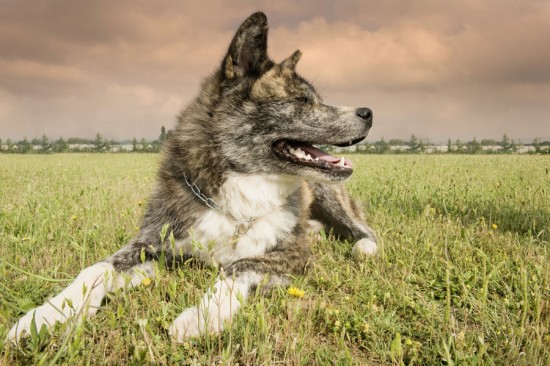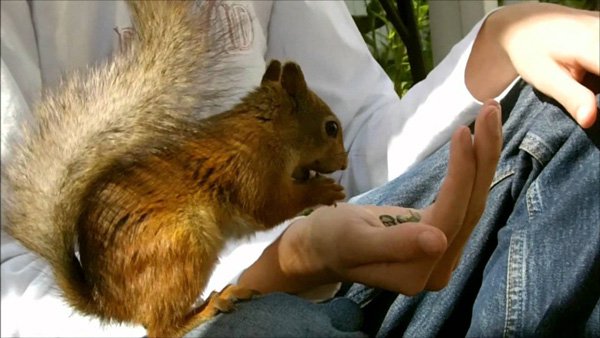Being a horse owner can be stressful, especially when the animal obtains injuries unexpectedly. Alongside purchasing products such as an equimax wormer and caring for your horse’s well-being, it is beneficial to be aware of a few first aid tips.
Supply and Demand
Whatever injury the animal sustains, preparation is vital. Every stable yard and tack room should have a first aid kit, in the case of an emergency. Having the box to hand can save a lot of panicking should an accident occur. Make sure that you are ruthless with the contents, replacing any items that are no longer working and replenishing any supplies as soon as they are needed. It is a good idea to have another first aid box to hand when riding, should an accident befall a horse when travelling through the countryside. The contents of the box do not need to be too ostentatious. A thermometer is an integral part, as an elevated temperature is a sign that there is something wrong with the horse. A range of padding such as leg wraps, gauze, self-sticking bandages and cotton pads are essential should the horse need its leg, or another body part, wrapping. An injury such as this could be caused by entanglement in a wire fence and for this reason a pair of sharp scissors are another must have item. Furthermore, keep an antiseptic wound cleaner on hand for flushing out cuts or punctures. No box is complete without Epsom salts, which can wash out cuts even more effectively and help to prevent infection. So when shopping for your horse, it is not only equest worming and the purchasing of equimax wormers that need to be taken into account.
What’s Your Emergency?
Implementing first aid when awaiting assistance from a veterinarian can be a daunting experience. The first thing to do is lead the horse away to a safe place, to ensure that they do not sustain further injury. It is important to be observant and remember exactly what has happened in order to help the veterinarian as much as possible when they are diagnosing and treating the injury. Some veterinary surgeons offer advice on the phone, helping you carry out treatment should first aid be essential immediately, or if their presence is not needed. The type of injury sustained effects this the most. Cuts and grazes are the most common injuries and need attention to halt bleeding and prevent future infection. The location and severity of the cut needs to be assessed; call the veterinary surgeon if the horse has received anything but a minor cut or graze. Bearing all this in mind, it is time to have fun and go for a ride; with the all-important first aid kit of course.

 Responsible Breeding For Dog Owners
Responsible Breed
Responsible Breeding For Dog Owners
Responsible Breed
 The Lovely Mongolian Gerbil
The Lovely Mongol
The Lovely Mongolian Gerbil
The Lovely Mongol
 Dealing With A Dog That Grabs Or Chews The Lead When Out Walking
Dealing With A Do
Dealing With A Dog That Grabs Or Chews The Lead When Out Walking
Dealing With A Do
 All About Utility Dogs
All About Utility
All About Utility Dogs
All About Utility
 Wagging Tail – Interpreting Dog Behavior
Wagging Tail – Interpreting Dog Behavior
A lot
Wagging Tail – Interpreting Dog Behavior
Wagging Tail – Interpreting Dog Behavior
A lot